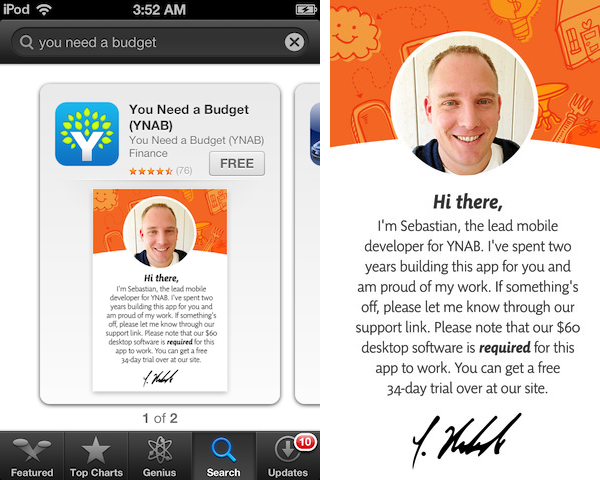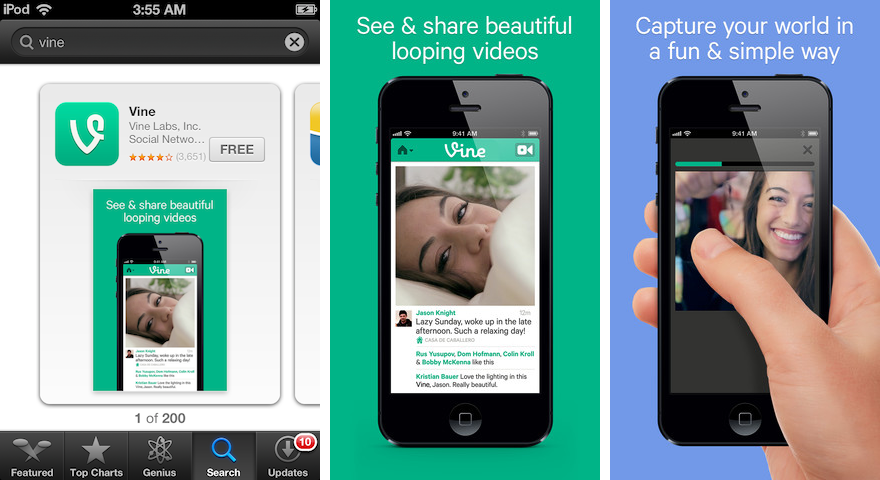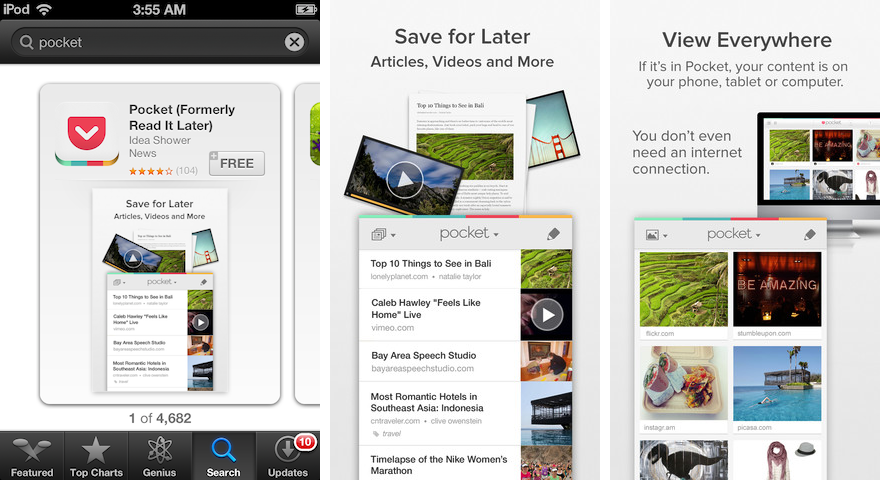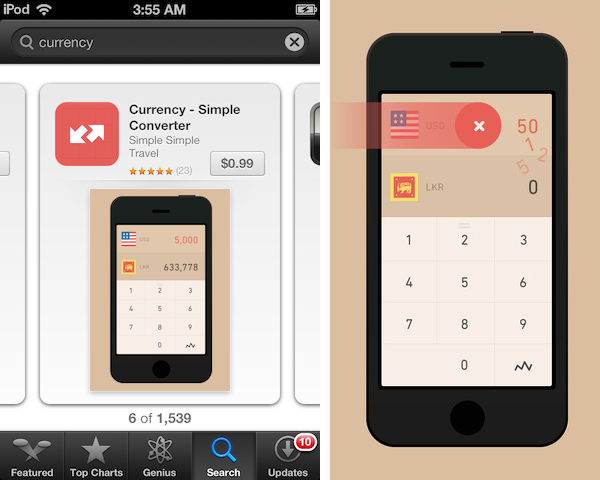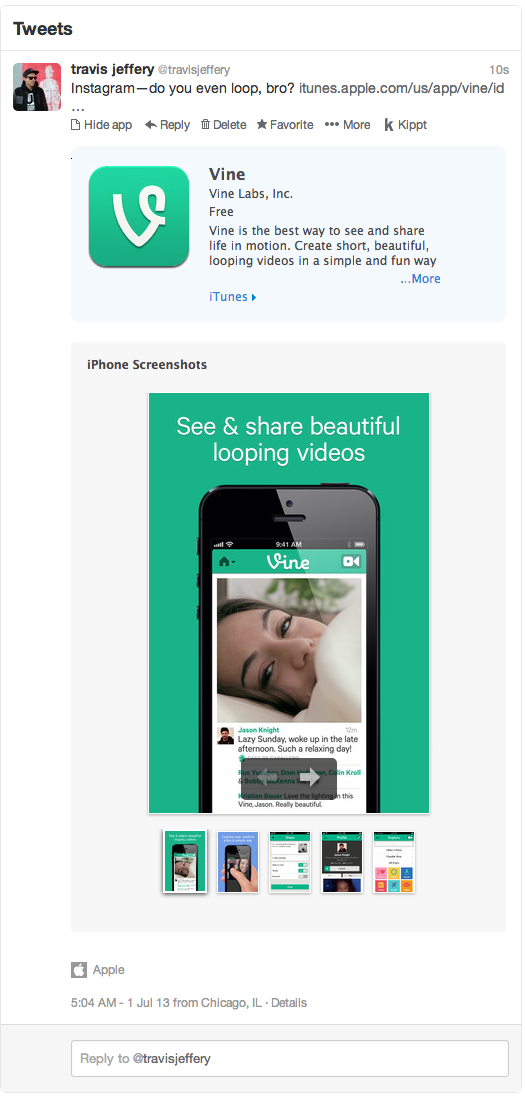The first thing I do when I read an email from one of our customers is to mentally translate what they have written into how I would write that email. I take each sentence, break it down, and rewrite it in my voice, with my understanding of how our software works. Subconsciously, everyone does this to some extent – I’ve found that by making this act of translation a conscious process, it helps me in three ways:
Empathy
This is the most important one for me – by forcing myself to write the question how I would write it, I become the customer. It becomes really easy to share how they feel about the question – whether it is joy or frustration, anger or confusion. Understanding that emotional state helps me to compose an answer that is respectful of how that person is feeling.
Attention to the details
In this email-driven world of ours, we train ourselves to read emails quickly, to skim for the important points in a desperate bid to keep on top of the incoming flood. Speed is good, but it also makes it easy to miss subtle hints that can help you to solve the problem the first time.
By breaking down the email into its component parts so that I can translate each phrase in turn, it forces me to make sure that I haven’t missed anything.
Clarity
When you’ve broken an idea down, and rebuilt it in your own words, you learn how to express that idea clearly. This is helpful in two ways – you can explain the problem to the rest of the team concisely, helping them to identify fixes faster. You can also explain the answer to your customer more naturally. I tend to use the same words that the customer used as much as I can, which cuts down the number of back and forth emails considerably.
These acts of translation really help with customer emails, but the same techniques can help whenever anyone is communicating in their own personal jargon – letters from my accountant and conversations with my three-year-old both benefit from some internal translation. Take the process for a spin – I think you’ll like the results.



